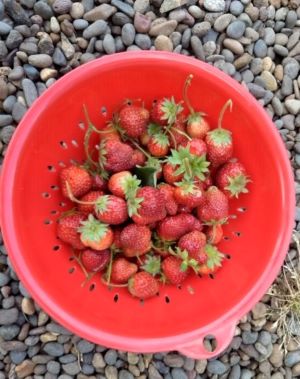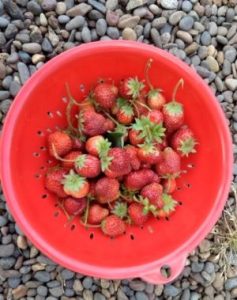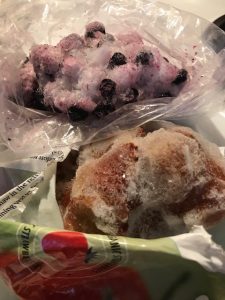Greetings, Conscientious Food Consumer Families!
In this edition of Kitchen Confessions, we’d like to offer some resources and support to families of Future Chefs and Conscientious Consumers. It’s the middle of summer vacation, so hopefully you are having some opportunities to enjoy spending time in the kitchen together!
How many of your treasured memories involve cooking and food preparation in the family kitchen? Did the pandemic help your family rediscover the joy of cooking at home?
Many kids are eager to help in the kitchen from the time they can maneuver on their own two feet in there and comprehend an adult’s instructions. From that point on, they’re learning significant life lessons about the value of food, food preferences, nutrition and how to shop, as well as desirable practices in the handling and preparation of food. Sustainable food practices are skills that will serve children for the rest of their lives!

Just like us grownups — but as appropriate for their age and with adult supervision — kids can learn how to plan meals and create shopping lists for what’s on the plan, to properly store perishable food and, finally, how to prepare it. After the meal, they can learn how to properly freeze leftovers and other foods, and to start regularly scouting the “Eat First” areas in the fridge or freezer. (All these “Smart Strategies” available in Spanish.)
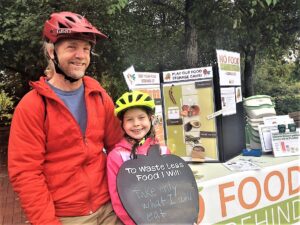
KNOW-HOW FOR KIDZ WHO COOK
You may already be familiar with the glow of pride and accomplishment on a child’s face when the family enjoys a dish or meal that he/she/they helped prepare, or that they made all by themselves!
Excellent resources for kids learning to cook are available from Oregon State University’s KidSpirit year-round programs (scholarships available), and Food Hero, offered free by the OSU Extension Service’s Family and Community Health division.
Both programs emphasize safe kitchen practices (including washing hands often) and offer an extensive selection of kid-friendly recipes for making healthy food, while helping kids develop confidence and have fun! Food Hero’s compendium of family resources includes gardening, large-batch cooking, and information for older adults and in Spanish.
Be sure to check out the huge list of videos at Food Hero’s Kids Cooking Show — including Grape and Cucumber Salad, a fresh and yummy summertime snack!
WASTE-LESS KIDZ WHO COOK:
- Are learning to make the most of a family grocery budget, instead of just tossing things in the compost or garbage. (The average American family of four wastes at least $1,600 a year on food that was purchased but not eaten!)
- May stretch their comfort zones as picky eaters. (I had one of those in my home.) A kid who says “beets are gross” may be willing to sample some pretty pink-colored hummus that he/she/they made themselves from a kid-friendly recipe. Bonus: beet juice is great for coloring summertime Easter eggs!
- Eat “ugly” produce (like apples with minor bruising, spotted grapes, strangely-shaped tomatoes) or other food products with less-than-perfect characteristics — and have fun doing it. Next time you see the OSU student Organic Growers Club at the downtown Saturday Farmers’ Market, ask if they still give away free “ugly” produce!
- Learn portion control early. Many kids are happy to serve themselves when they get the chance. Let’s help them be like our young Farmers’ Market patron (above) who pledged to “take only what I will eat” on her next plate!
- Learn good waste-less habits early. Check out these waste-less training tips for kids from SaveTheFood.com to see how they resonate with your parenting approach.
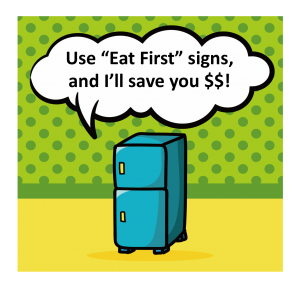 Make friends with their family freezer. Remember those overripe bananas that were saved from the compost a couple months ago by popping them in the freezer? It’s Banana Smoothie Time! Or popsicles… Or maybe even banana ice cream for breakfast!
Make friends with their family freezer. Remember those overripe bananas that were saved from the compost a couple months ago by popping them in the freezer? It’s Banana Smoothie Time! Or popsicles… Or maybe even banana ice cream for breakfast!- Get creative with what’s collecting on the “Eat First” shelf in the fridge. See a video of the “aha” moment for this father and daughter below! Delight your budding chef with the task of assembling “Bagel Faces” from leftover veggie and fruit pieces, or maybe the last few olives in the jar. Thanks to Mollie Katzen and her charmingly-illustrated cookbooks for younger children.
- Keep making friends with their family freezer. Oh boy! Frozen grape “ice cubes” (great for iced tea and sodas)! All because somebody got proactive with the last third of a bunch that had started to shrivel. Veggie freezing tips here.
- Enjoy portion control as part of summertime grilling and social gatherings. Foil-wrapped grill packages or bamboo skewers (with the sharpest point removed) are perfect for this. First kids help prep ingredients, then load up their own appropriately-sized servings. Wrinkled cherry tomatoes and peppers from the “Eat First” shelf can be pretty tasty right off the grill! Same with summer squash, onions, leftover chicken nuggets/tempeh, or what have you.
Getting creative with what’s already in the fridge! Credit: StopFoodWaste.org
*****
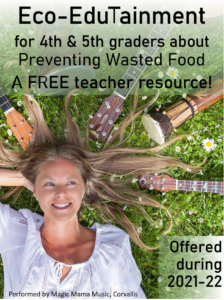 NEW IN LOCAL SCHOOLS THIS FALL!
NEW IN LOCAL SCHOOLS THIS FALL!
A fun educational video in English and Spanish, starring local kids
We’re pleased to shine a brief spotlight on NFLB’s amazing “Eco-EduTainment” program for local schools, run by our Outreach Specialist Kjersten Hallin, aka Magic Mama. When the pandemic shut down schools, she also shifted digital and began developing an educational video as a fun new way to teach kids about the massive issues around food waste and climate change.
Anyone who’s seen “Magic Mama” at the downtown Farmers’ Market (prior to COVID19) or in their classroom knows what a delightful presence she brings to this huge topic. Her curriculum, delivered with the help of some catchy raps performed on unusual handmade instruments (like a repurposed pizza box), inspires kids to “rock” the prevention of wasted food in their own families and social circles of influence.
More than just entertaining, Kjersten’s presentations also help schools fulfill their district’s core and STEM education goals. (Please click on the photo to jump to NFLB’s Eco-EduTainment program page.)
Watch for exciting details about the Eco-EduTainment videos, launching in 4th and 5th grade classrooms this fall!




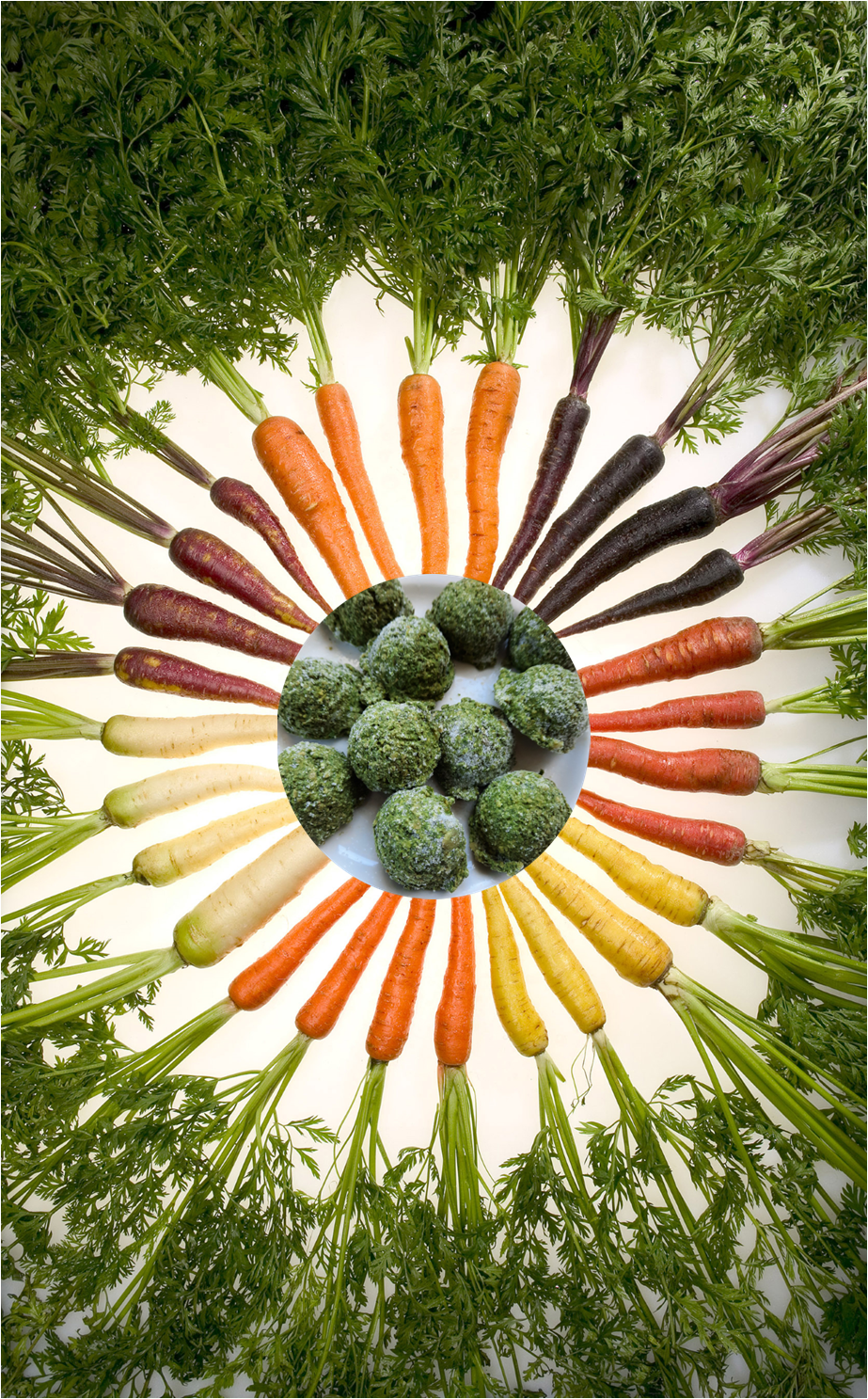
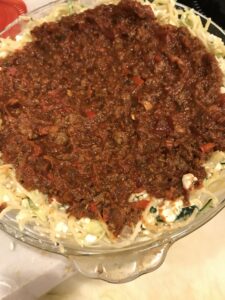

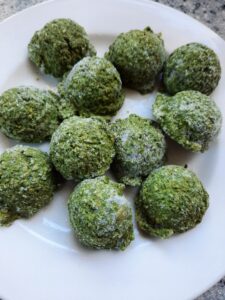
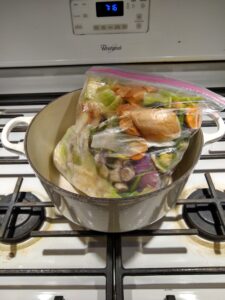
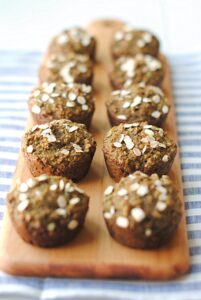
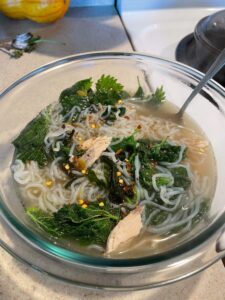
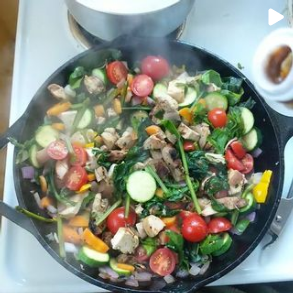
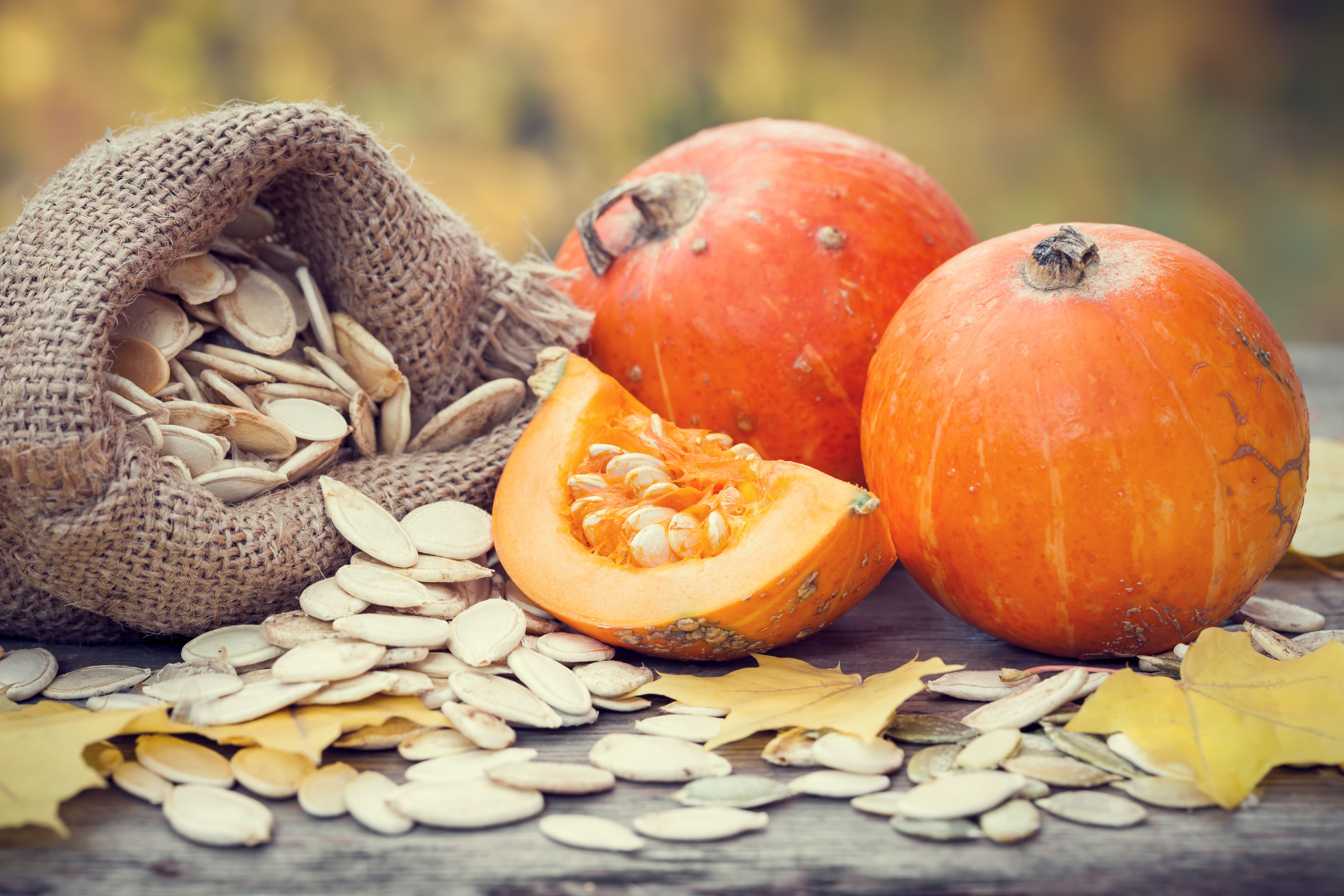
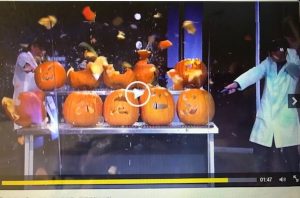 The season of the jack-o-lantern brings to mind one of my (and my kiddo’s) favorite bits of macabre Halloween hilarity —
The season of the jack-o-lantern brings to mind one of my (and my kiddo’s) favorite bits of macabre Halloween hilarity — 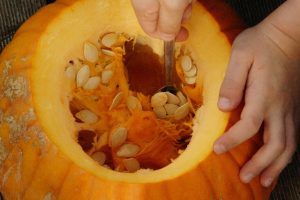 As usual, we turn to the OSU Master Food Preserver program for the
As usual, we turn to the OSU Master Food Preserver program for the 
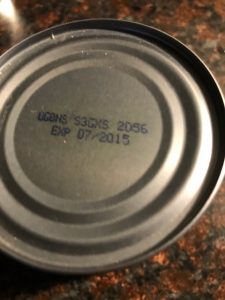
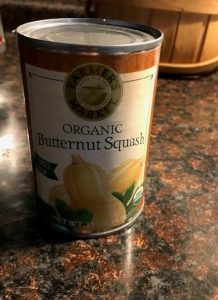
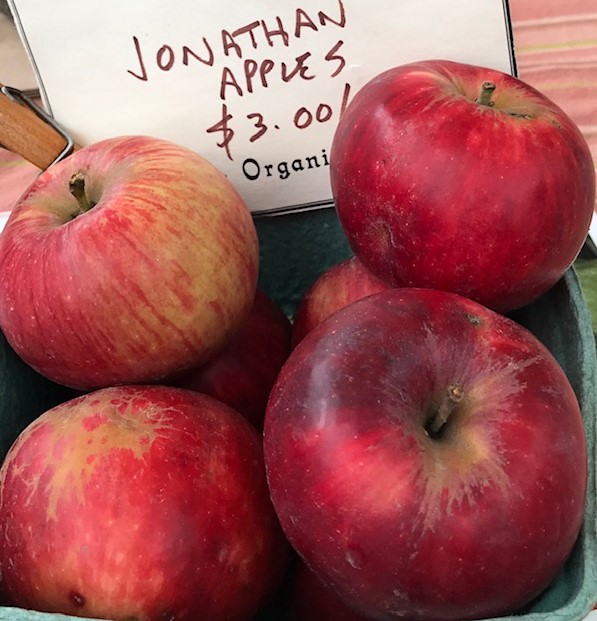
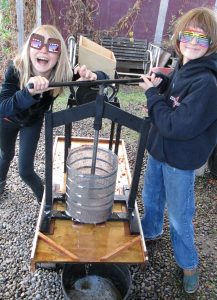
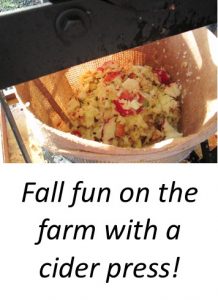
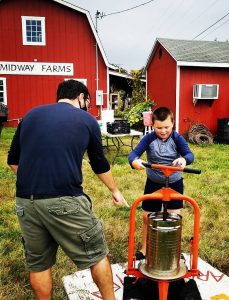
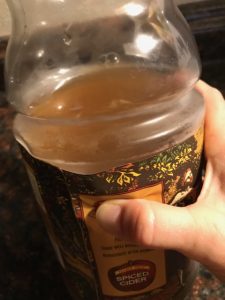
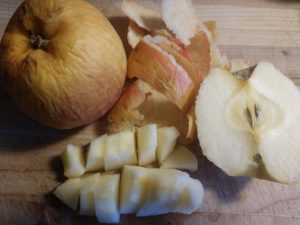
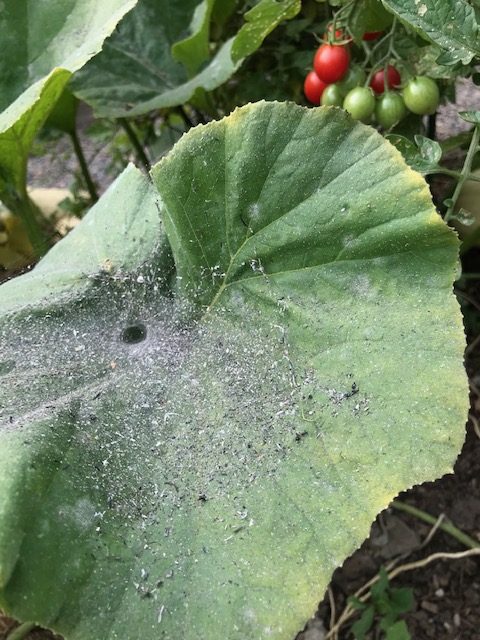
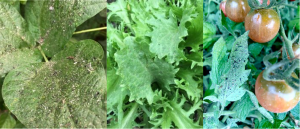
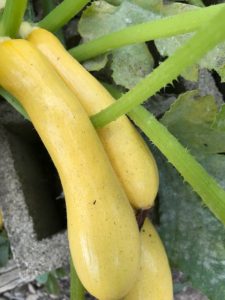
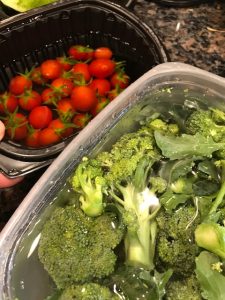
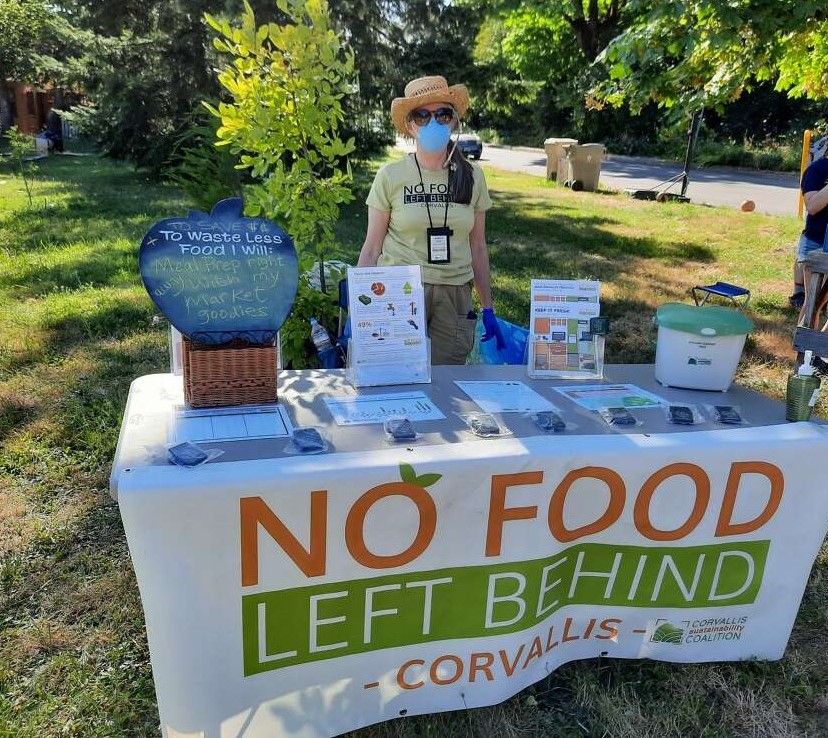
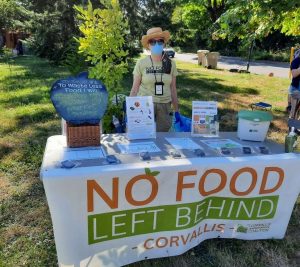
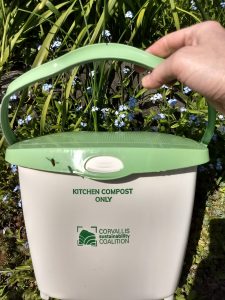 Utilizing organic waste matter to create new soil is great, and we highly encourage this practice over throwing food away. That’s also why we offer these handy kitchen compost pails — made from recycled plastic, of course! — that you may have seen at our Farmers’ Market table. You can get one of these popular
Utilizing organic waste matter to create new soil is great, and we highly encourage this practice over throwing food away. That’s also why we offer these handy kitchen compost pails — made from recycled plastic, of course! — that you may have seen at our Farmers’ Market table. You can get one of these popular 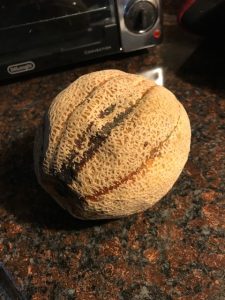 KAREN CONFESSES:
KAREN CONFESSES: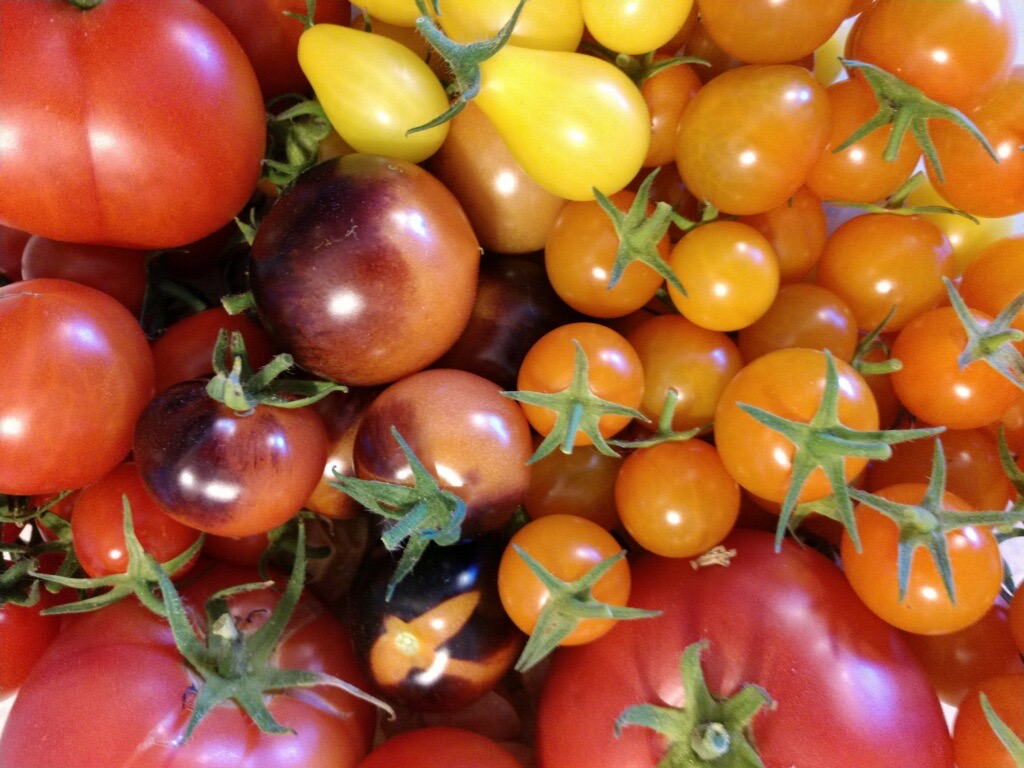
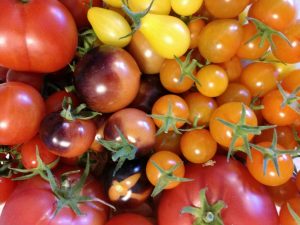
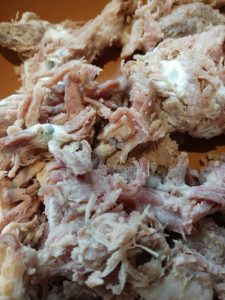
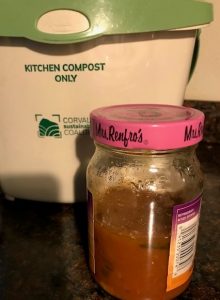 KAREN CONFESSES: Before local tomatoes were in season, I bought mild sweet mango salsa which my son likes, and we enjoyed it with one meal of burritos and nachos. He went home afterwards and I placed the opened jar in the fridge door with the rest of my condiments. Since I prefer a green chile-based salsa (a bit more spicy), it tends to get used first and, eventually, I was dismayed to find a “science experiment” brewing inside the mango salsa jar.
KAREN CONFESSES: Before local tomatoes were in season, I bought mild sweet mango salsa which my son likes, and we enjoyed it with one meal of burritos and nachos. He went home afterwards and I placed the opened jar in the fridge door with the rest of my condiments. Since I prefer a green chile-based salsa (a bit more spicy), it tends to get used first and, eventually, I was dismayed to find a “science experiment” brewing inside the mango salsa jar.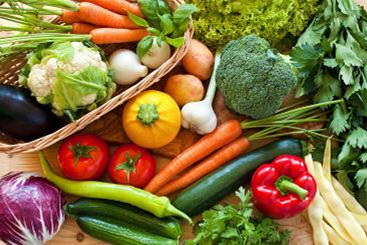
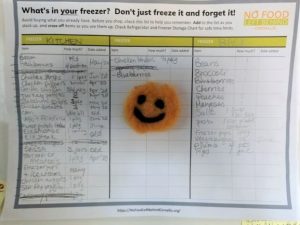
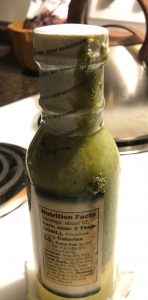 KAREN CONFESSES:
KAREN CONFESSES: